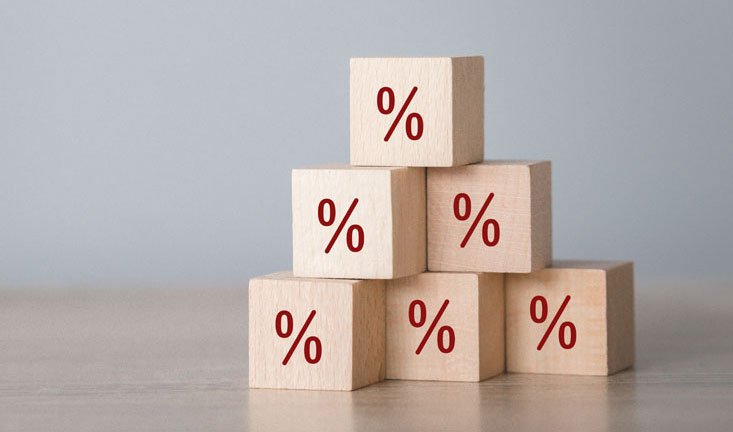Decoding Mortgage Interest Rates
To purchase a home or investment property, you will need to take out a loan from a lender. A mortgage lender generally allows you to borrow up to 80–90% of the home’s value, though this limit can vary among lenders. The amount the lender gives you when you take out a loan is referred to as the principal, and the interest rate is the cost per year of borrowing the principal.
Principal and interest make up the two components of your loan payments. The biggest influence on your monthly payments and the total amount you repay for your mortgage is the interest rate. And this is why it is critical to understand how interest rates work and how they may affect your mortgage.
How is the interest on a mortgage calculated?
The amount of your loan will be multiplied by your interest rate by your lender. Then, if it’s a leap year, they’ll divide that number by 366 days rather than 365.
Let’s say for example, you have a loan with a principal of $200,000 and an interest rate of 4%. The following equation would be used to determine your interest repayment for one day: ($200,000 x 0.04) 365=$21.91.

Why do interest rates on home loans fluctuate?
Changes in the lender’s cost of funding and the Reserve Bank’s cash rate frequently cause changes in interest rates. The amount of your interest repayments is also influenced by other factors, such as:
Home loan purpose: owner-occupied vs investment
An owner-occupied loan is a loan obtained to purchase a home. An investment property loan is obtained to purchase a property to rent it out. Interest rates on investment loans are frequently higher than on owner-occupied loans.
Interest Rate Type: Fixed vs Variable
Your interest rate is fixed if you have a fixed-rate loan for a set period. A variable rate, on the other hand, fluctuates over time.
Principal and interest repayment vs interest-only repayment
If you select a principal and interest loan, you will pay back some of the principal in addition to the interest each month.
On the other hand, you can decide to switch to interest-only repayments with your lender, where you only make interest-only payments on your loan for a predetermined amount of time while deferring making principal payments. Even though this option has lower payments, you might end up paying more in interest throughout your loan because your payments will increase once the interest-only period expires.
Principal Amount
Your repayments will be greatly influenced by the amount you borrow. You need to pay back more interest on your home loan as you borrow more money.
